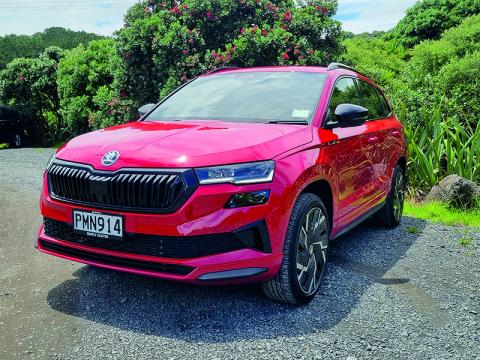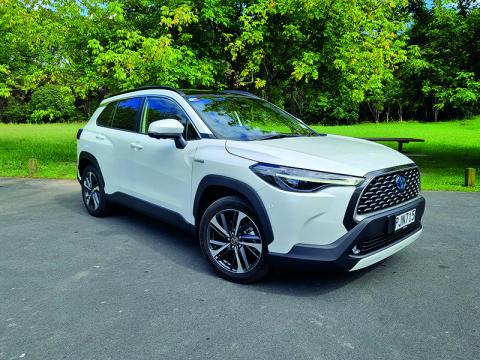It’s shaping up to be a busy year as far as new model releases are concerned, and for many fleets, 2023 is looking to be a year of either “Finally – some new vehicle availability,” or a golden opportunity to look at the existing fleet with an eye to upgrading.
In either case, the annual Company Vehicle Fleet Buyer’s Guide provides vehicles to consider as well as critical information to help you to see what’s available for your professional vehicle requirements.
Today, more than ever, the make-up of a fleet is extraordinarily diverse. Being asked to name a typical fleet vehicle is something like being asked to identify the second brightest star in the night sky; you just can’t do it.
At one time, answering the fleet vehicle question was easy. This was in no small part dictated by the automotive distributors in this country and their ability to discount almost with impunity from their parent company. Well, that idea didn’t work out so well 20 years or so later, did it?
The vehicles so casually sacrificed on the altar of Market Share Dominance have fallen away as the result of carmakers responding to market trends, customer demand – artificially influenced by the automaker’s with ‘me too’ products – and more positively perhaps, by an acceptance of climate change, driving the development of more efficient vehicles in general.
To this end, today’s fleet buyers – and what constitutes a fleet? As few as two vehicles? – have greater choice today than ever before as automakers perceive New Zealand to be one of the easiest markets to trade in and show positive results in terms of vehicles sold, be that sold outright or to lease providers.
It is for this reason more than any other, that we are spoilt for choice as to fleet make up and we should – given that our ability to choose is only constrained by personal preference and to a lesser degree, financial considerations – be making smarter choices based on metrics determined to be critical to specific organisations.
This is the true function of the fleet manager: to identify those metrics and ensure the vehicles – first and foremost – are able to deliver on achieving those metrics as closely as possible.
With this in mind, the Fleet Buyer’s Guide provides an excellent starting point and is delivered with the intention of providing food for thought for the re-fleeting exercise or developing a fleet which is most appropriate to a specific organisation or business entity.
If nothing else, the Fleet Buyer’s Guide is a good springboard to begin negotiations with your preferred fleet supplier.
And this brings us tidily to the disclaimer. At time of production, every attempt was made by Company Vehicle magazine to ensure the accuracy and validity of the data, however, this guide should be considered as being representative only of current market prices.
Please check with the manufacturer/dealer/lease provider for up-to-the-minute pricing.



 ,
, 



